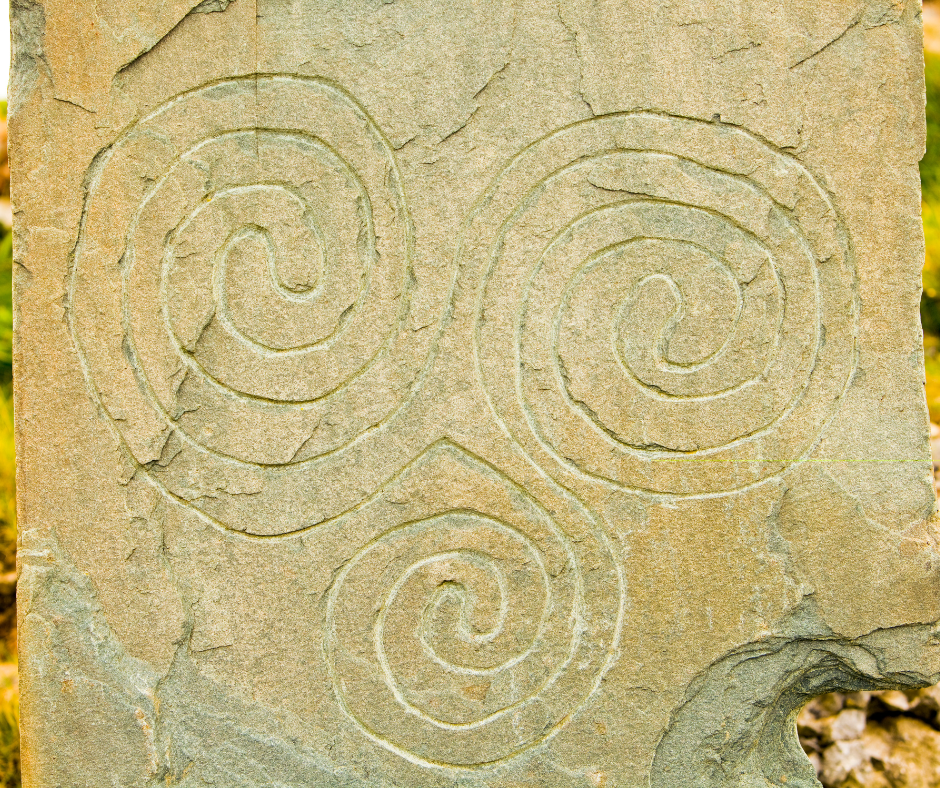For many Celtic nationalities, their folklore and legends are intertwined with the history of the respective peoples. As such, the symbolism that is so much a part of their past trickles down through the ages in such a way that it is inextricable. But do you know how these symbols became such an important part of Celtic heritage? Read ahead for some of the most well-known, and often-used, symbols in Scottish, Irish, & Welsh culture.
Thistle

Many of you may have noticed the common thistle being present in much of Celtic, and especially Scottish, culture. This hardy little plant has been featured on everything from silver coins to t-shirts. But what makes the thistle such an important part of Scottish nationality?
Scottish lore tells of a time in the 13th century when their land was under threat from the Northman. They planned to raid under cover of darkness, removing their shoes so they could ambush the town. What they did not know was that the field was covered in thistles, and when one of the raiders stepped on its spines, he hollered out, alerting the warrior who rose to defeat the invaders.
On a more historic note, the thistle has often been included in heraldry as a symbol of longevity and tenacity. In the 17th century, the Order of the Thistle was founded by King James VII & II, who coined the motto “Nemo me impune lacessit.“Or “No one provokes me with impunity.” The thistle has been accepted as a national emblem of Scotland since 1822 and holds a special place in the hearts of the people.
Triskelion

This mystical-looking triple spiral creates a sense of complex symmetry that has been found to date as far back as 4400 BCE. Its historical meaning can differ greatly, as this symbol is familiar to Greeks, Galatians, Romans, and Portuguese. But it is the Irish with whom we so closely associate the triskelion today.
The word triskelion means ‘3 legs’, a nod to the Irish belief that everything happens in batches of three. The symbol itself is likewise related to triadic grouping within both ancient Celtic paganism and medieval Christianity.
- Earth, Sea, & Sky
- Birth, Life, & Death
- Father, Son, & Holy Ghost
- Mind, Body, & Soul
- Past, Present, & Future
- Enlightenment
The versatility of the triskelion is no doubt a large part of why it has become so popular within the Celtic community. This symbol is often included in the emblems for Irish-based groups such as the Irish Air Corps. It is frequently utilized by the Irish-American community to show their connection to their heritage.
Dragon

The ferocious-looking red dragon has been a powerful symbol of Wales since at least as far back as 829 AD. According to lore, Gwrtheyrn, a Briton warlord, is trying to build a castle at Dinas Emrys. After several failures, he sends for a young man (supposedly Merlin himself), who tells Gwrtheyrn that there are two dragons fighting beneath the castle, one red, one white. This represents the struggle between Wales (red dragon), and England (white dragon).
The term ‘draig’ was often used to promote their most famous leaders to display their ferocity and longevity, assuring the enemies of Wales that fighting again them was futile. Perhaps because of this, the Welsh have a more positive outlook on dragons than much of their contemporaries throughout Europe. Despite this, it was often used in heraldry throughout England for years, even gracing the banners of Henry VII.
